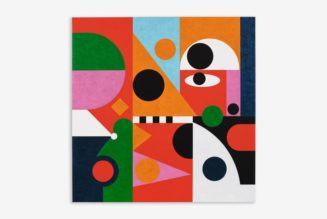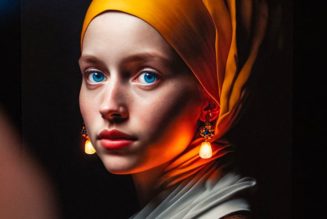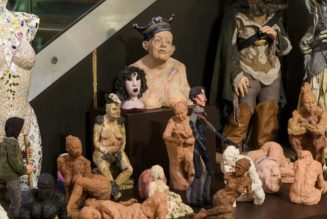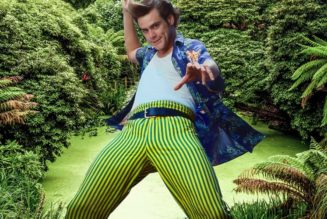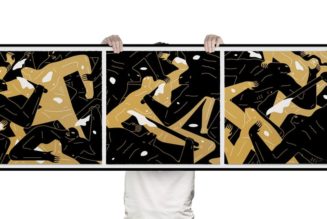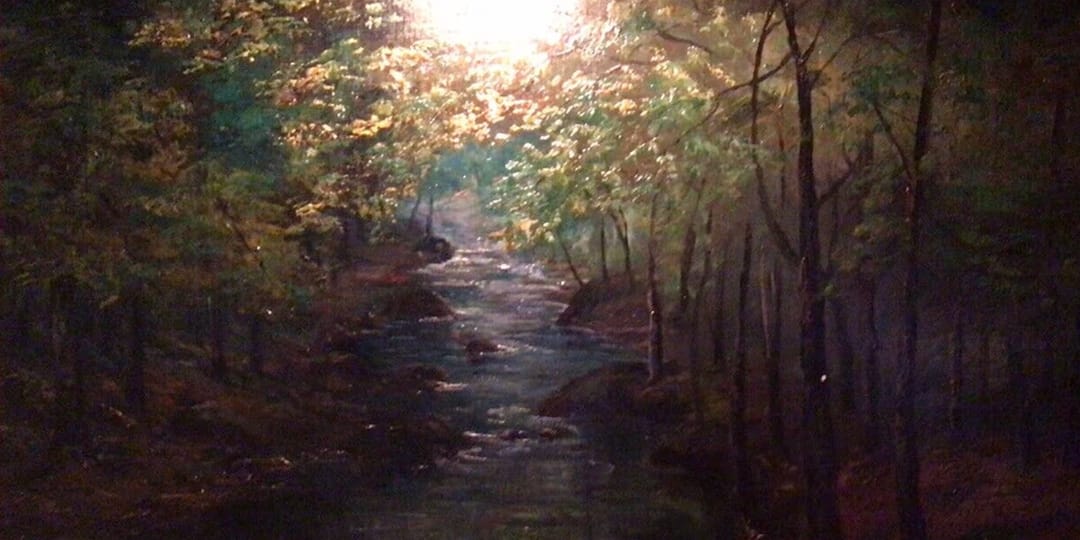
eBay has been a go-to after market for vintage clothing, objects, gadgets, ephemera — really anything — for nearly 30 years now. And while it is a suitable platform to collect art, eager collectors should (unsurprisingly) tread lightly when looking to purchase works by celebrated masters — even if there has been legitimate reports of authentic works being sold on eBay, such as Greco-Roman antiquities that were recently pawned off (illegitimately) by former British Museum curator Peter Higgs.
According to a new investigative report by the Guardian, there are a number of fake paintings being marketed across eBay as genuine works by the likes of French artists Claude Monet and Pierre-Auguste Renoir, amongst others. Dr. Carina Popovici is the CEO of Art Recognition, a Zurich-based start-up that utilizes artificial intelligence (AI) to track forgeries and counterfeits in the art world. After browsing across eBay, she used her tools to spot at least 40 counterfeit master works on eBay, thus far. “We looked today and we downloaded some images, and there were fakes all over the place. Everything that we have analyzed turns out to be not real art, a negative probability with 95 percent or so. I’m sure that this is just the tip of the iceberg,” Popovici explained.
A Florida-based seller called antiquepage listed a Monet painting, entitled “Forest With a Stream”, for $599,000 USD, while an Ohio-based account, metasis, posted a Renoir painting that was “described as a study”, the Guardian report continues, listing it for $165,000 USD. Both were deemed fake after a series of authentication tests by Popovici. “I tried so hard to talk to them [eBay],” Popvici added. “I’m extremely frustrated that they don’t answer. I’m really very disturbed about this. They have a responsibility. They can’t just pretend that they don’t see what is happening, because there is so much of this. There are clear indications that there is a major problem there.”
AI has all sorts of fears attached to it: from creative concerns over copyright infringement to wide-spread anxieties regarding the prospects of the technology leading to a wave of unemployment in the future. For Popovici, however, the technology has proven to be a vital tool in spotting fake art across the web. “In the past, it was really difficult to spot these things, because you can’t take samples from an image on the internet,” said Popovic. “But, with the new technology, it’s easy. You can just download an image and then in 10 minutes, you will know. I think that people should be warned.”

